What Is the Federal Open Market Committee (FOMC)?

Imagine you’re steering a car on a winding road. Too much speed, and you might skid off a curve; too slow, and you’ll delay reaching your destination. Now, picture that car as the U.S. economy and the Federal Open Market Committee (FOMC) as the driver adjusting the throttle to keep everything on track. The FOMC is a pivotal component of the Federal Reserve System, the U.S. central bank, tasked with steering monetary policy to maintain economic stability. It’s not just a group of economists in suits—it’s a decision-making body whose actions ripple through global markets, businesses, and even your personal finances.
I recall a conversation with a friend who runs a small bakery. During the pandemic, she noticed her loan interest rates drop significantly, allowing her to keep her business afloat. I explained how the FOMC had slashed rates to encourage spending and bolster the economy during that crisis. That’s when it hit me: the FOMC isn’t just about Wall Street traders or abstract economic theories—it’s about real people, from small business owners to families planning their budgets. Its decisions shape the financial landscape in ways that touch every corner of society.
What Does the FOMC Do?
The Federal Open Market Committee (FOMC) is the Fed’s primary tool for managing the U.S. economy by controlling the money supply and interest rates. Its mission revolves around five core objectives:
- Price Stability: Keeping inflation in check so that a dollar today buys roughly the same tomorrow.
- Maximum Employment: Fostering conditions where jobs are plentiful for those who want them.
- Economic Growth: Promoting steady expansion without tipping into runaway inflation or stagnation.
- Financial Stability: Watching over markets to prevent crises that could derail the economy.
- Maintaining Public Confidence: Offering clear communication to guide markets, businesses, and consumers alike.
To hit these targets, the FOMC wields an arsenal of tools—interest rate adjustments, open market operations, and forward guidance—each designed to fine-tune economic activity. Think of it as a balancing act: too much stimulus and inflation spikes; too little, and growth stalls. The FOMC’s job is to find that sweet spot, and it’s no easy task given the complexity of today’s interconnected global economy.
How the FOMC Works
The FOMC is a 12-member team with a unique structure that blends national oversight with regional insights:
- 7 Governors from the Federal Reserve Board, based in Washington, D.C., appointed by the U.S. President and confirmed by the Senate.
- 5 Presidents of the Regional Federal Reserve Banks, with the New York Fed holding a permanent voting seat due to its central role in financial markets. The other four spots rotate annually among the 11 remaining regional banks (e.g., Chicago, Boston, St. Louis, etc.).
This mix ensures that the FOMC doesn’t just see the economy from a D.C. bubble—it gets real-time feedback from across the country. For instance, a bank president from Cleveland might highlight manufacturing slowdowns, while one from San Francisco could flag tech sector trends. The committee meets eight times a year—roughly every six weeks—in Washington, D.C., though extra sessions can happen if a crisis demands it (like in March 2020 during the COVID-19 outbreak). Before each meeting, staff compile detailed reports on economic indicators like:
- Employment data (e.g., unemployment rates, job growth)
- Inflation metrics (e.g., Consumer Price Index, Producer Price Index)
- GDP growth rates
- Global financial conditions (e.g., foreign exchange markets, international trade)
- Market expectations (e.g., what investors predict for future rates)
During the meetings, members debate these inputs, share regional perspectives, and vote on policy moves. The outcomes—announced via statements and press conferences—often send shockwaves through markets as traders and investors scramble to adjust their positions.
How the FOMC Influences the Economy
The FOMC shapes the economy through a suite of tools and responsibilities that affect everything from borrowing costs to stock prices. Here’s a deep dive into its key functions:
Adjusting Interest Rates
The FOMC’s flagship tool is the federal funds rate—the rate banks charge each other for overnight loans. This benchmark ripples out to influence a vast web of financial products: mortgages, car loans, credit cards, and corporate bonds.
- Lower Rates: Cheap borrowing spurs spending and investment. During the 2020 COVID-19 crisis, the FOMC slashed rates to near zero, making loans affordable and helping businesses retain workers. My friend’s bakery, for instance, refinanced its debt at a lower rate, freeing up cash to pay staff.
- Higher Rates: Expensive borrowing cools an overheated economy. In 2022, with inflation hitting a 40-year high of 9.1%, the FOMC hiked rates aggressively—starting at 0.25% increments and escalating to 0.75% jumps. Mortgage rates soared past 7%, slowing home sales and curbing consumer demand.
These moves aren’t just numbers on a screen—they dictate how much you pay for a house or whether a company can afford to expand.
Open Market Operations (OMO)
Through open market operations, the FOMC buys or sells U.S. Treasury securities to control the money supply:
- Buying Securities: Injects cash into the system, boosting liquidity. Post-2008, the FOMC’s Quantitative Easing (QE) program saw it purchase trillions in bonds, stabilising banks and reviving credit markets after the financial crisis.
- Selling Securities: Drains cash, tightening conditions. In 2023, as inflation lingered, the FOMC began reducing its bond holdings—a process called Quantitative Tightening (QT)—to rein in excess money.
OMO is like adjusting the economy’s fuel line: more cash keeps it humming and less slows it down.
Forward Guidance
Forward guidance is the FOMC’s crystal ball—public statements about future policy that shape market expectations:
- Rate Hike Signals: In 2022, Fed Chair Jerome Powell warned of sustained rate increases to fight inflation. Markets reacted instantly—bond yields rose, and stocks dipped as investors braced for tighter conditions.
- Rate Cut Hints: In late 2020, the FOMC signalled rates would stay low “for an extended period,” sparking a rally in equities and lowering borrowing costs preemptively.
This communication isn’t just talking—it’s a lever to steer behaviour before any policy change even happens.
Managing Inflation Expectations
Inflation isn’t just about today’s prices—it’s about what people expect tomorrow. If businesses and consumers think prices will soar, they spend now, fueling a self-fulfilling prophecy. The FOMC counters this bysignallingg resolve—like its 2022 hawkish stance—or easing fears with steady guidance, keeping expectations anchored around its 2% target.
Ensuring Financial Stability
The FOMC keeps an eye on systemic risks—like the 2008 housing bubble or the 2020 market panic. It can deploy emergency measures, such as cutting rates or providing liquidity, to prevent collapse. During the Silicon Valley Bank failure in 2023, the Fed (with FOMC input) acted swiftly to backstop depositors, averting a broader crisis.
Monitoring Global Economic Trends
The U.S. doesn’t operate in a vacuum. A slowdown in China or a war in Europe can spike oil prices or weaken the dollar. The FOMC tracks these trends, adjusting policy to shield the U.S. from external shocks—like when it held rates steady in 2015 amid a Chinese stock crash.
Overseeing the U.S. Dollar’s Role in International Trade
As the world’s reserve currency, the dollar’s value matters globally. FOMC rate hikes strengthen it, making U.S. exports pricier but imports cheaper. Rate cuts weaken it, boosting exports but raising import costs. This dance affects trade balances and foreign investment flows.
How the March 2025 FOMC Meeting Could Affect Global Finance and Major Currencies
With the next FOMC meeting scheduled for March 18-19, 2025—happening today and tomorrow as I write this on March 18—the financial world is on edge. This meeting, the second of the year, comes at a pivotal moment. Inflation has cooled somewhat from its 2022 peak, but it’s still above the Fed’s 2% target, hovering around 2.5-3%. Economic growth remains solid, yet risks loom—think Trump-era tariff threats or a slowing global economy. Here’s how this meeting could shake up global finance and major currencies based on current trends and expectations.
Setting the Stage: What’s at Play in March 2025?
As of today, March 18, 2025, markets expect the FOMC to hold the federal funds rate steady at 4.25%-4.5%, reflecting a cautious pause after three rate cuts in late 2024 (September, November, and December). The December 2024 meeting saw a 25-basis-point cut, but Fed Chair Jerome Powell hinted at a slower pace of easing in 2025, with the “dot plot” projecting just two cuts for the year—down from four anticipated in September. This hawkish shift spooked markets, sending stocks and crypto tumbling (Bitcoin dropped from $108K to $97K in 48 hours).
Meanwhile, global factors are in flux. President Trump’s renewed tariff talk—potentially 25% on Canada and Mexico, 10% on China—could stoke inflation by raising import costs while also risking economic slowdown if trade wars escalate. Europe’s growth is sluggish, and China’s property sector woes persist, pressuring commodity prices and emerging markets. Against this backdrop, the FOMC’s March decisions and Powell’s tone will reverberate far beyond U.S. borders.
Impact on Global Finance
- Interest Rate Path and Borrowing Costs
If the FOMC holds rates steady, as widely expected, it signals a wait-and-see approach—balancing solid U.S. growth against inflation risks. A hawkish Powell (emphasising inflation vigilance) could push up U.S. Treasury yields, raising global borrowing costs as investors demand higher returns. Emerging markets, laden with dollar-denominated debt, would feel the pinch—countries like Turkey or Argentina might see capital outflows as investors chase safer U.S. assets. Conversely, a dovish tilt (hinting at cuts by May) could ease yields, spurring risk-on sentiment and boosting global equity markets.
- Stock and Bond Markets
Equity markets are jittery—yesterday’s Nasdaq drop (down 4% on March 10) reflects tariff fears and Fed uncertainty. A steady-rate announcement with neutral guidance might stabilise stocks, but a hawkish surprise could trigger a sell-off, especially in tech-heavy indices. Bonds, meanwhile, are a mixed bag: higher yields from a tight policy attract investors, but prolonged high rates could dampen growth prospects, pressuring corporate bonds.
- Liquidity and Emerging Markets
The Fed’s balance sheet, still shrinking from QT, tightens global liquidity. A March pivot to pause QT—or even hint at QE—would flood markets with dollars, easing pressure on emerging economies. Without it, dollar strength could strain nations reliant on cheap credit, potentially sparking currency crises in places like Brazil or South Africa.
Impact on Major Currencies
- U.S. Dollar (USD)
The dollar’s fate hinges on Powell’s words. A hawkish stance—say, “we’re not cutting soon”—would strengthen the USD, as higher rates draw foreign capital. Posts on X suggest traders are eyeing this, with some predicting a rally if Powell sounds tough on inflation. A dovish lean—“we’re open to cuts if data weakens”—could weaken the dollar, especially if paired with tariff-driven growth concerns. Today’s USD Index sits at 104, up from 100 in January, reflecting recent Fed hawkishness.
- Euro (EUR)
The European Central Bank (ECB) often shadows the Fed. With Eurozone inflation at 2.2% and growth flat, a steady U.S. rate could keep EUR/USD stable near 1.05. However, a hawkish FOMC might push it lower (e.g., 1.03) as dollar strength outpaces the euro. A dovish Fed, however, could lift EUR/USD toward 1.07, especially if the ECB holds its own rates steady in April.
- Japanese Yen (JPY)
Japan’s ultra-low rates (near 0.25%) make the yen sensitive to U.S. policy. A strong dollar from a hawkish FOMC could sink USD/JPY to 155 or higher, pressuring Japan’s export-driven economy. A dovish signal might cap it at 150, giving the Bank of Japan breathing room to avoid intervention.
- British Pound (GBP)
The Bank of England faces 2.5% inflation and a shaky post-Brexit recovery. A steady Fed rate keeps GBP/USD around 1.25, but a hawkish surprise could drop it to 1.22 as the dollar gains. A dovish Fed might lift it to 1.28, especially if U.K. data improves.
- Emerging Market Currencies
Currencies like the Mexican Peso (MXN) or Indian Rupee (INR) are vulnerable. Trump’s tariff threats already weakened MXN (USD/MXN at 20), and a strong dollar could push it past 21. India’s INR, at 84 to the USD, might hit 85 if capital flees to U.S. safety. A dovish Fed could stabilise these, but only if global risk appetite rebounds.
Why It Matters Globally
Central banks worldwide take cues from the FOMC. A tight U.S. policy forces others—like the ECB or Bank of Japan—to adjust and lest their currencies crater. Emerging markets, tethered to dollar debt, face higher repayment costs if the USD rises, potentially triggering defaults. Trade dynamics shift too: a strong dollar makes U.S. goods pricier abroad while weakening others’ currencies boosts their exports—until tariffs muddy the waters.
The March 19 statement and Powell’s 2:30 p.m. EDT press conference will be dissected for clues. The updated “dot plot” (economic projections) could shift from December’s two-cut forecast—say, to one cut if inflation persists—rocking markets. My take? Given today’s mixed data (solid jobs, sticky prices), the FOMC will hold steady but leave the door cracked for a May cut if growth falters. That ambiguity will keep currencies and finance on a knife’s edge.
Personal Impact: A Story to Illustrate
Let me share a personal story. A few years back, I was saving for my first car. Rates were low—around 2% for a decent auto loan—so financing looked smart. But just as I was ready to sign, FOMC headlines hit: rate hikes to fight inflation. Within weeks, loan rates jumped to 4%, spiking my monthly payments by $50. I still got the car, but it was a wake-up call. The FOMC isn’t some distant bureaucracy—it’s a force that hits your wallet, whether you’re buying a car, a home, or just groceries as prices shift.
Why Does the FOMC Matter to You?
The FOMC’s moves aren’t abstract—they’re personal. Here’s how they touch your life:
- Borrowing Costs: Rate hikes mean pricier mortgages or credit card bills; cuts ease the load.
- Savings and Investments: High rates boost savings account yields but can tank stocks; low rates fuel market rallies.
- Inflation Control: Keeps your grocery bill from ballooning—or ensures your paycheck keeps pace.
- Job Market: Low rates spur hiring; high rates might stall it.
- Household Budgets: Variable-rate debt (like some student loans) gets costlier with hikes.
- Retirement Planning: Bond yields and pension funds sway with FOMC policy.
- Housing Market: Mortgage rates dictate home prices and refinancing options.
- Business Growth: Firms need stable rates to hire or expand—your job might depend on it.
Tracking the FOMC lets you plan ahead—whether it’s locking in a loan rate or adjusting your portfolio.
Final Thoughts
The Federal Open Market Committee is the U.S. economy’s steward, tweaking the financial throttle to navigate growth, inflation, and global turbulence. Today’s March 18-19, 2025, meeting underscores its global reach—its decisions will sway currencies, markets, and trade flows worldwide. By grasping its role, you’re not just a bystander—you’re empowered to make smarter financial moves, from borrowing to investing.
Next time you catch an FOMC update—maybe tomorrow’s press conference—don’t tune out. It’s not just Wall Street noise; it’s about your savings, your loans, and the price of your morning coffee. The FOMC might meet in D.C., but its impact lands right at your doorstep.


 English
English 







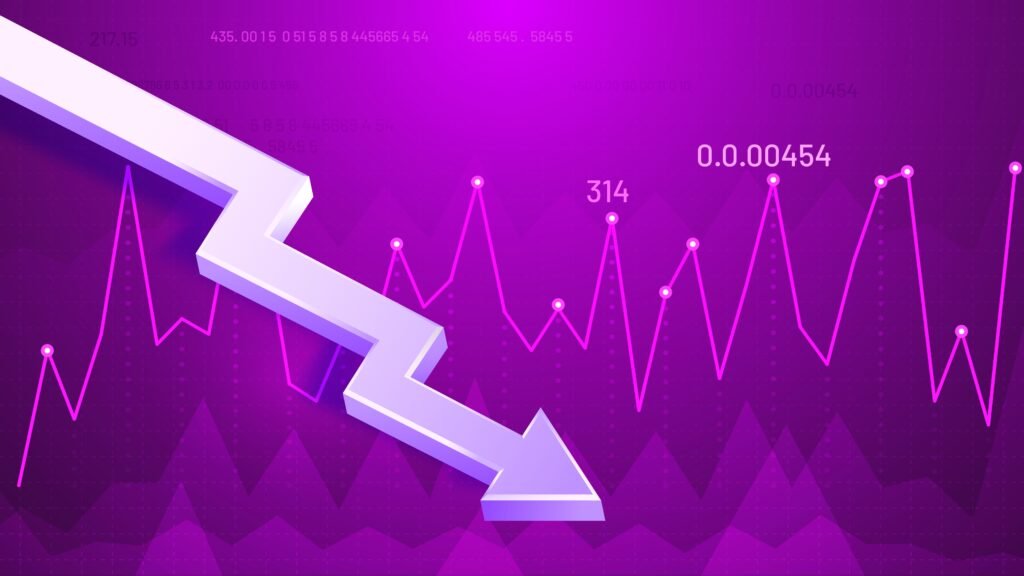



















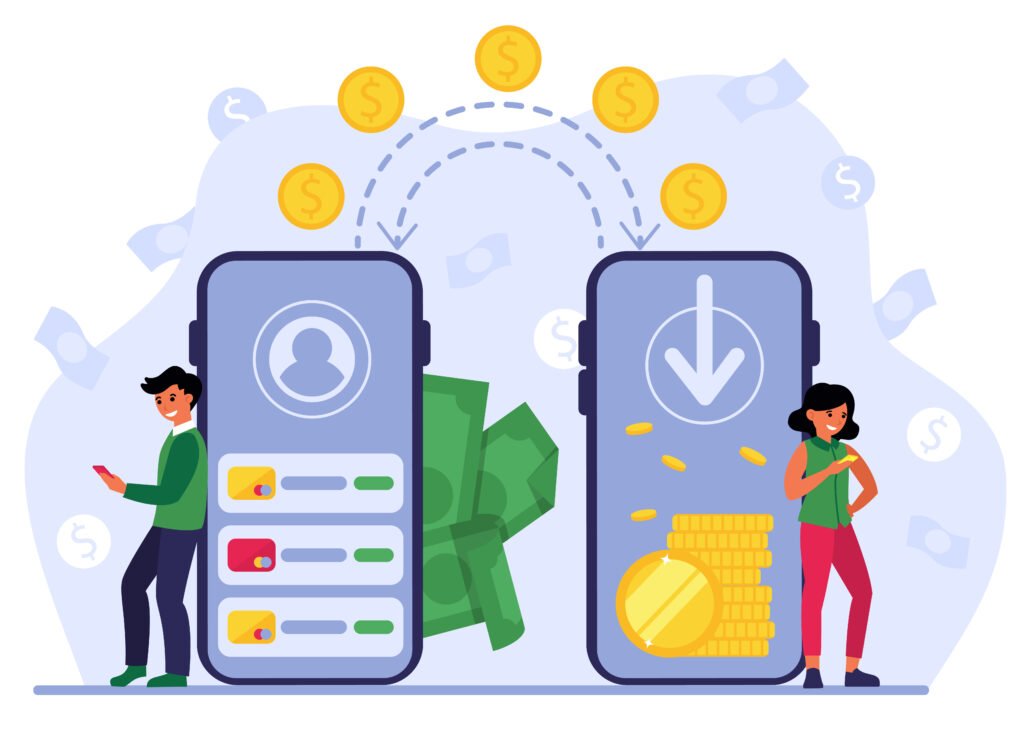



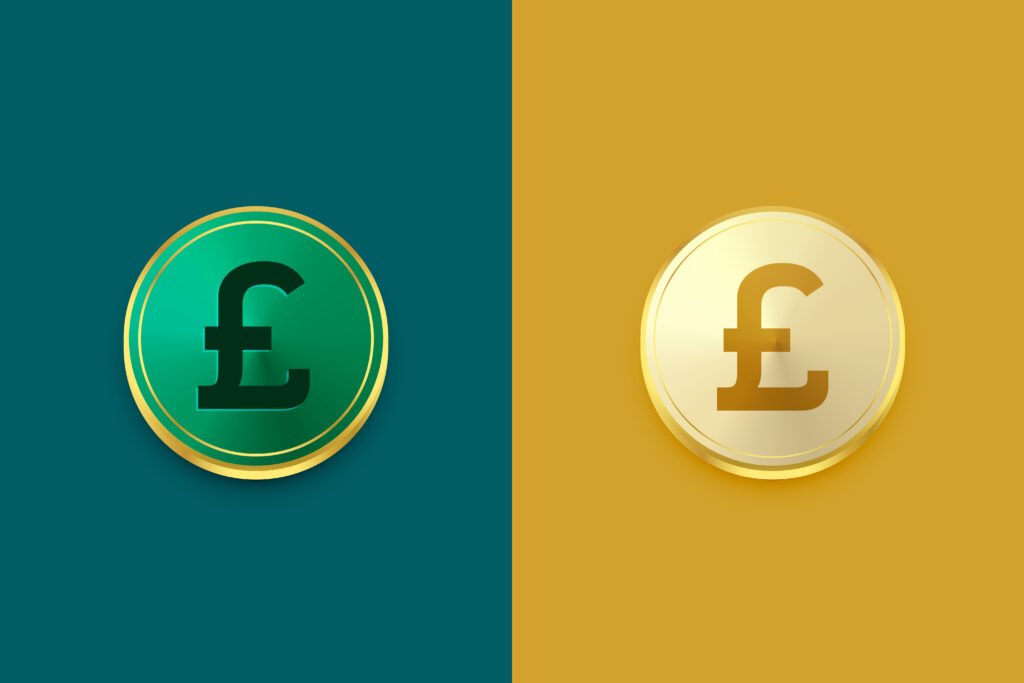







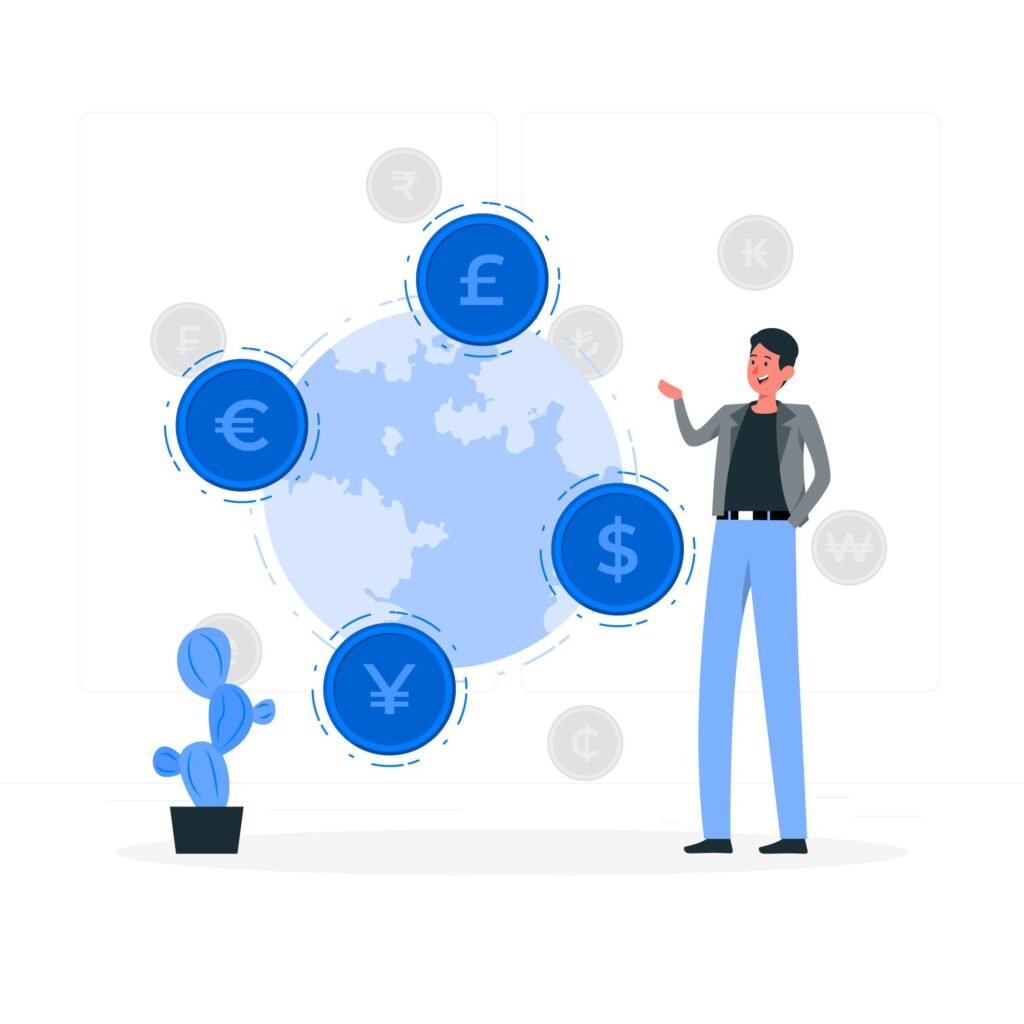
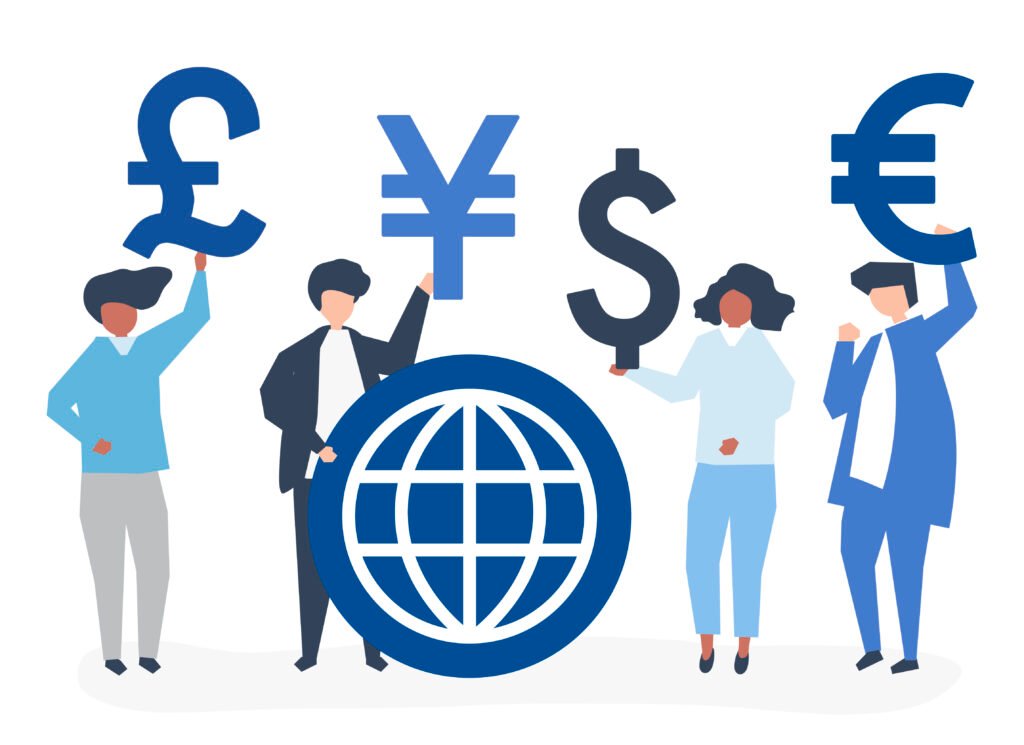


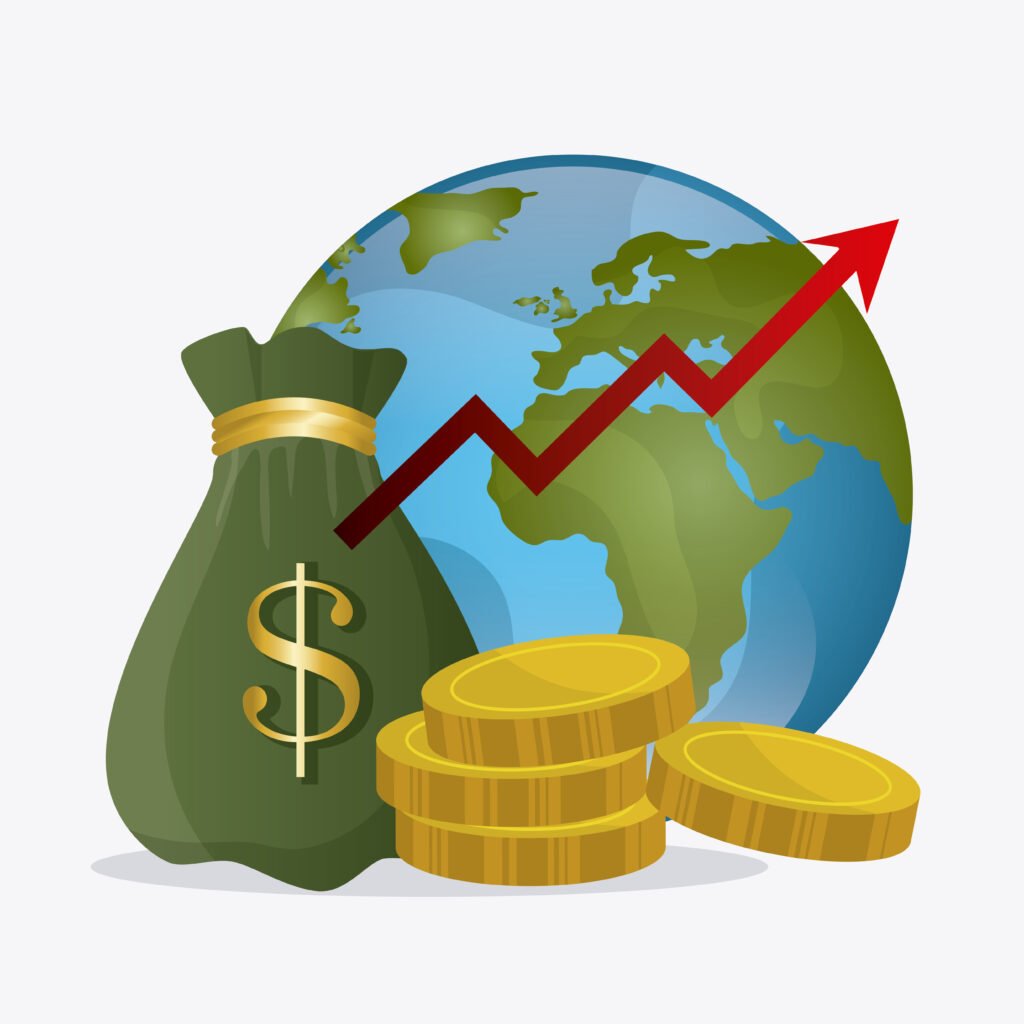















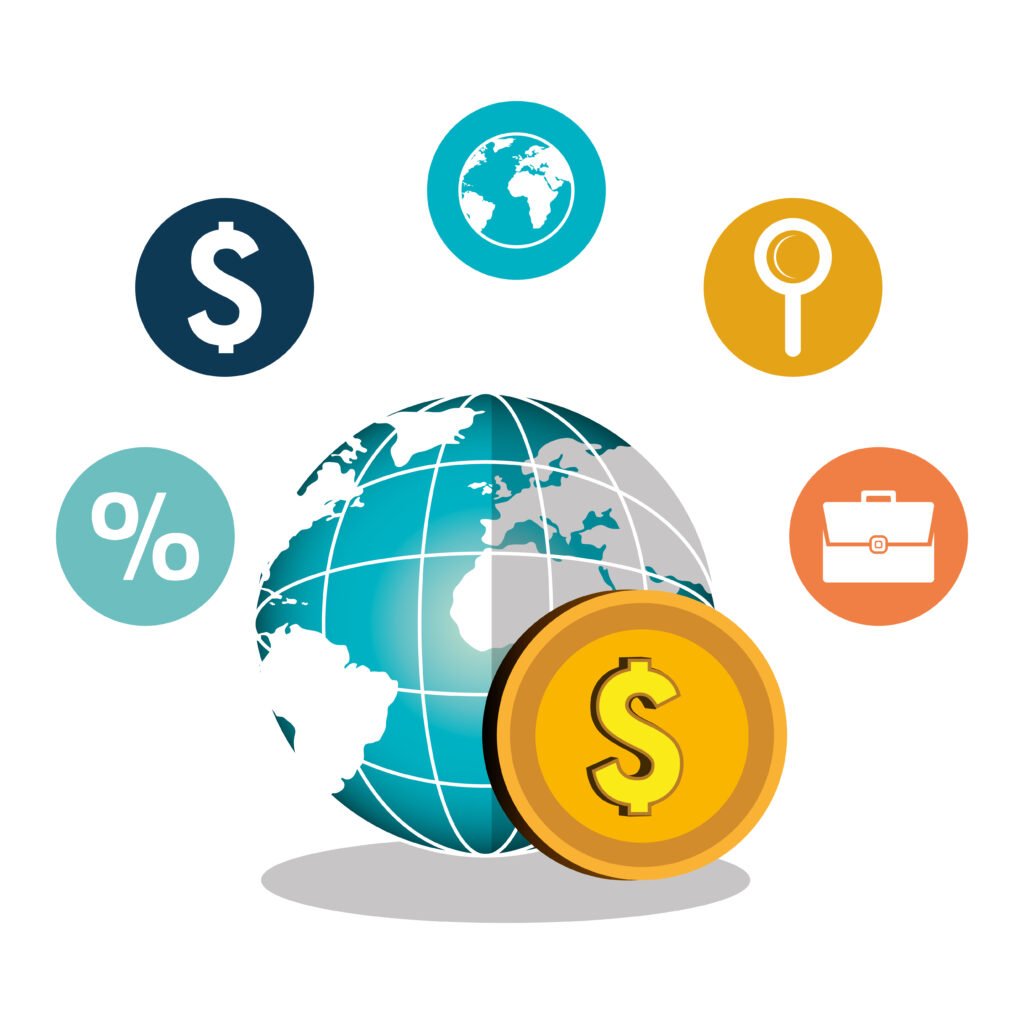
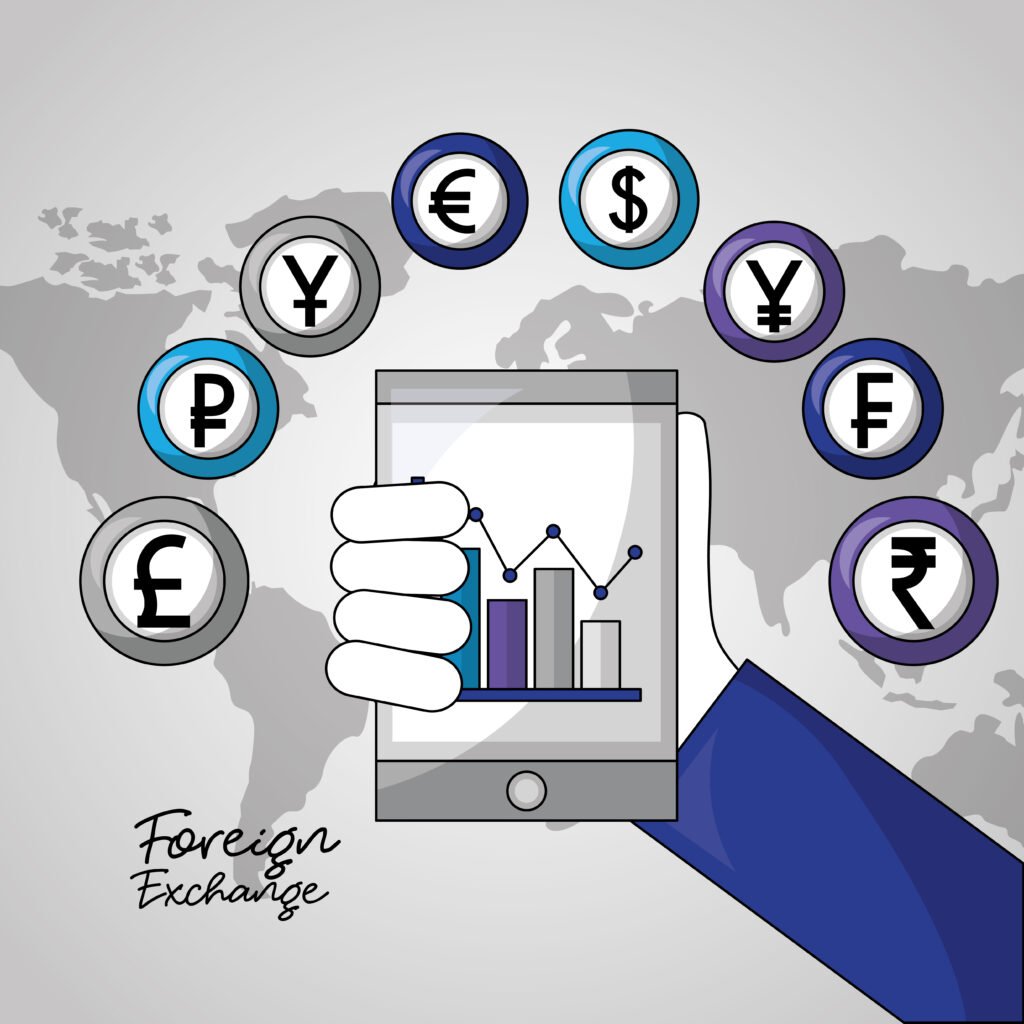


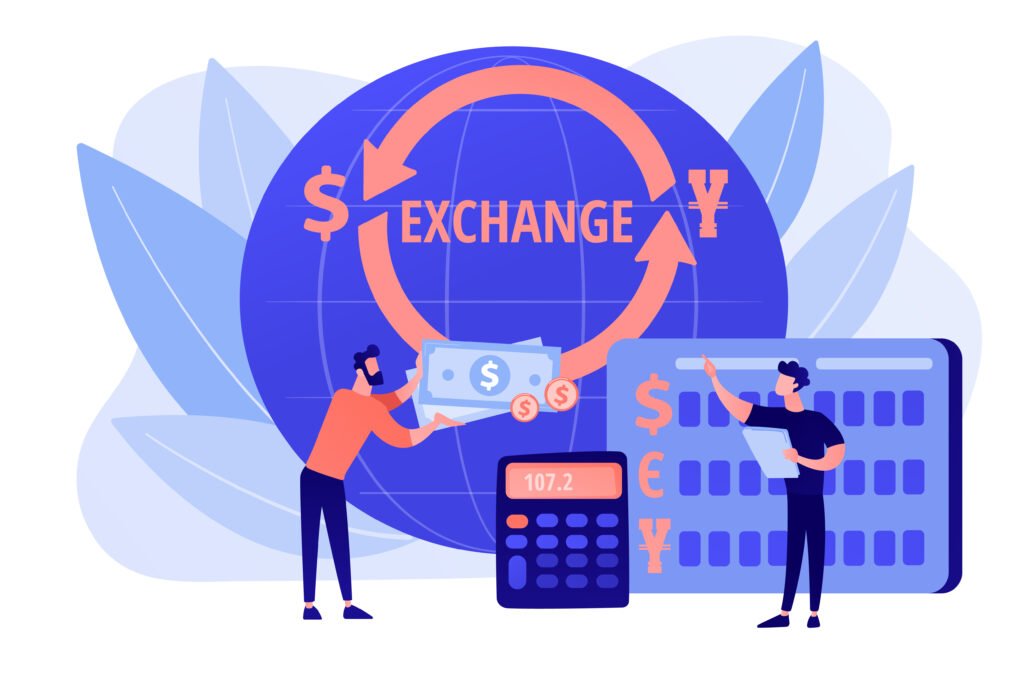










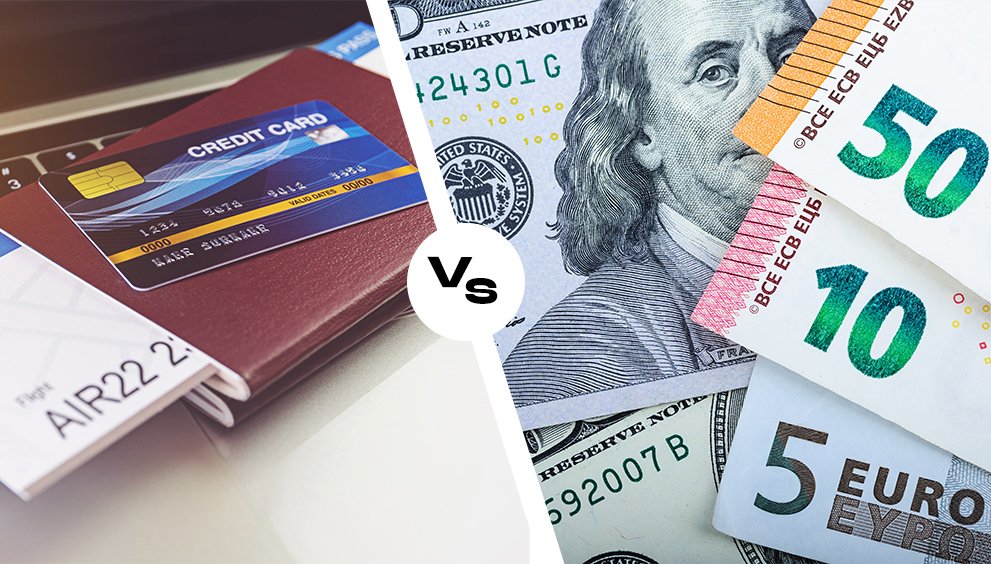

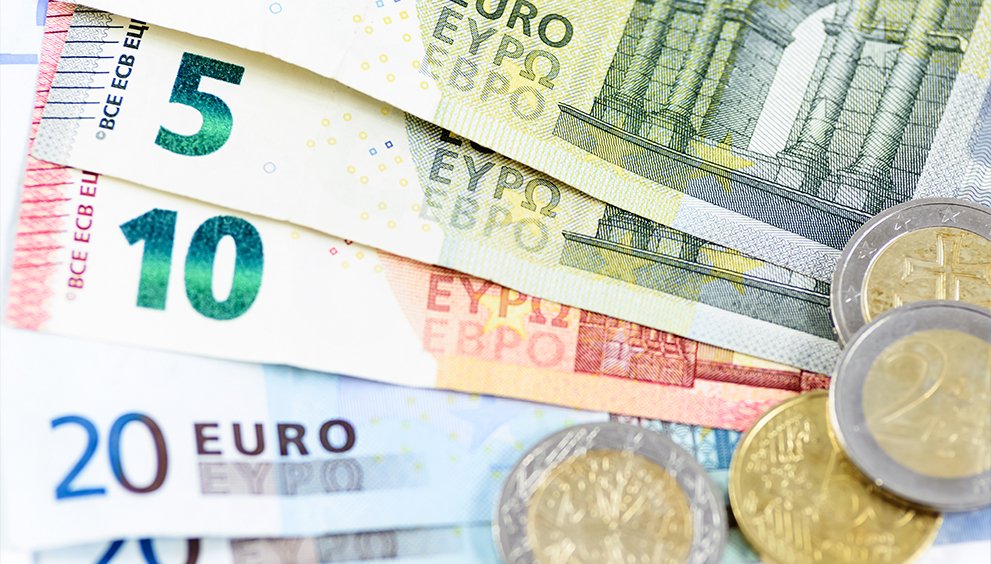










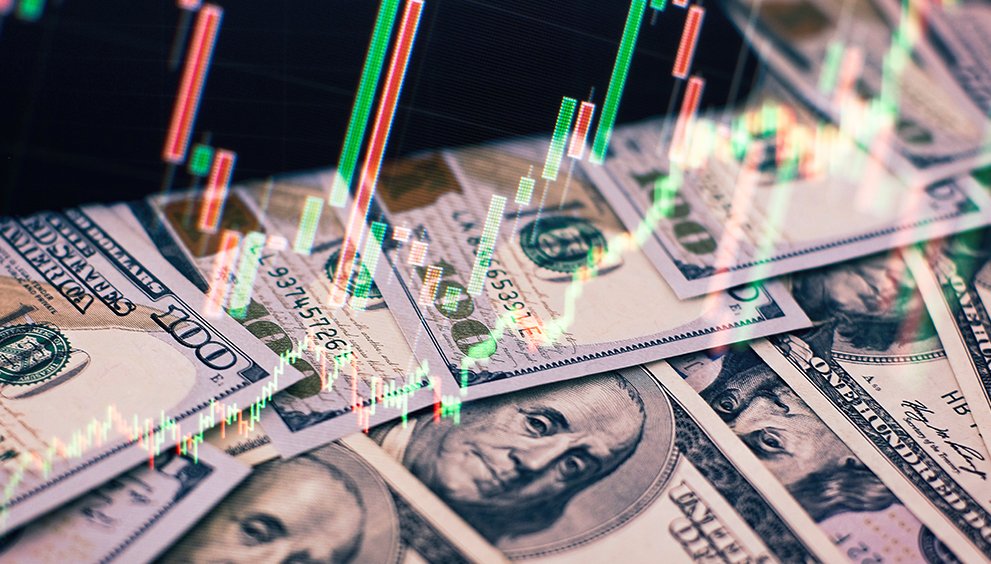


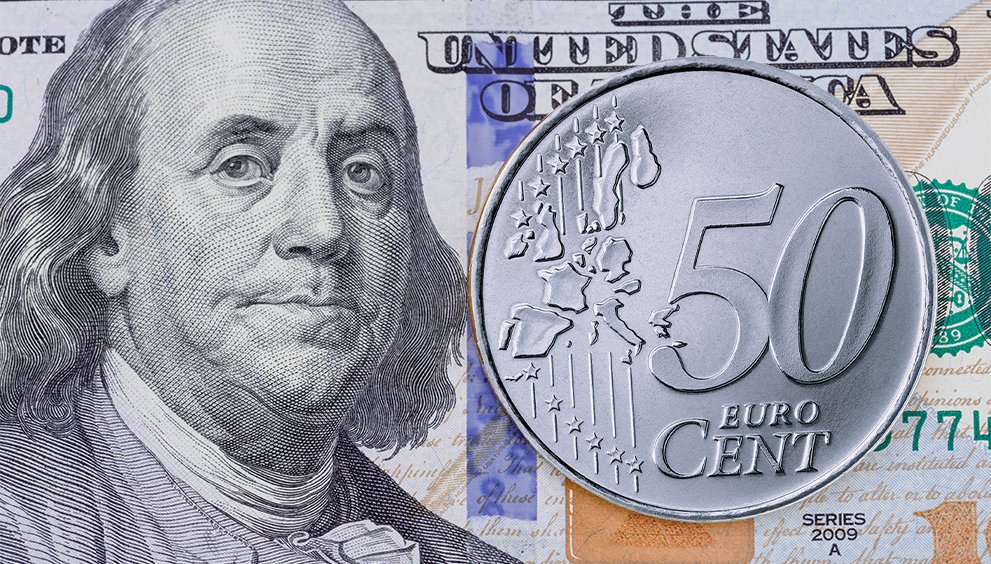
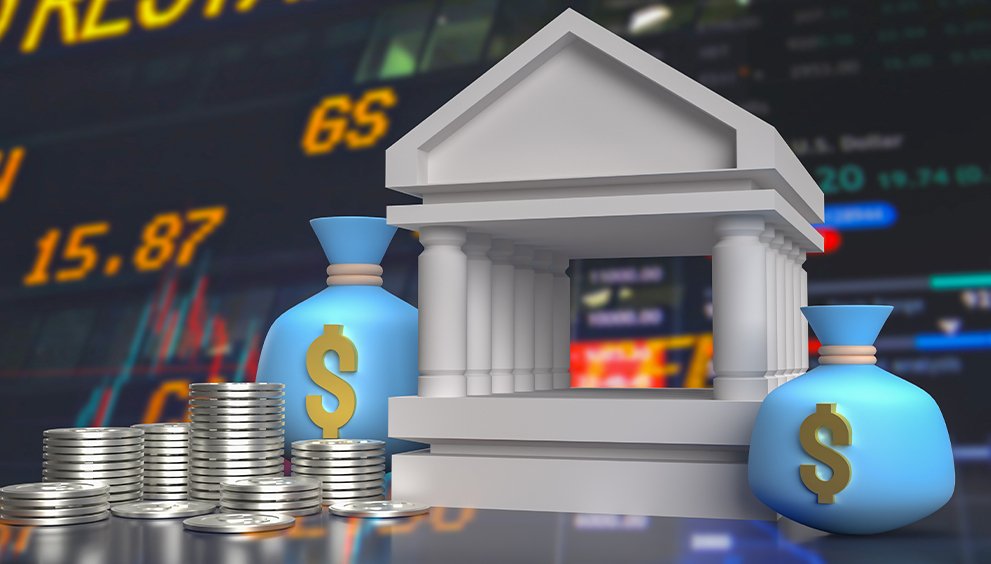




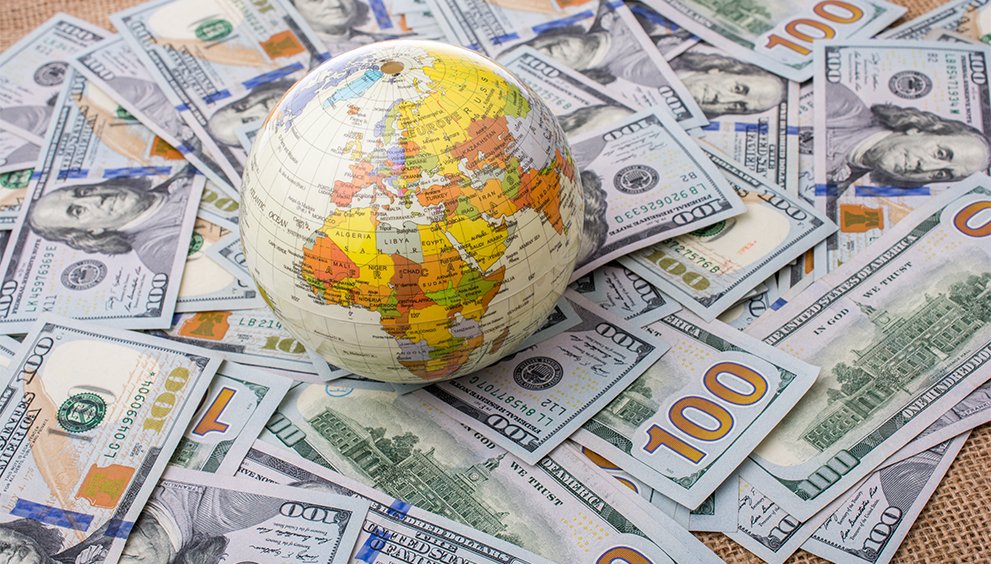

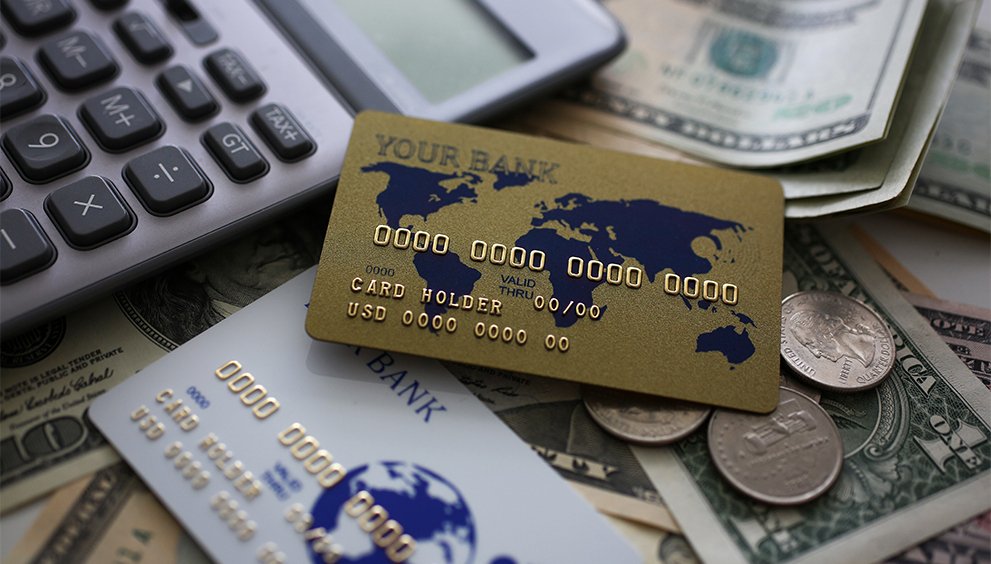

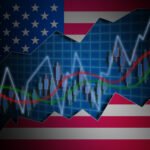
GBP/USD Rebounds, EUR/JPY Rallies Amid Global Trade Concerns
19th Mar 2025[…] What Is the Federal Open Market Committee (FOMC)? […]